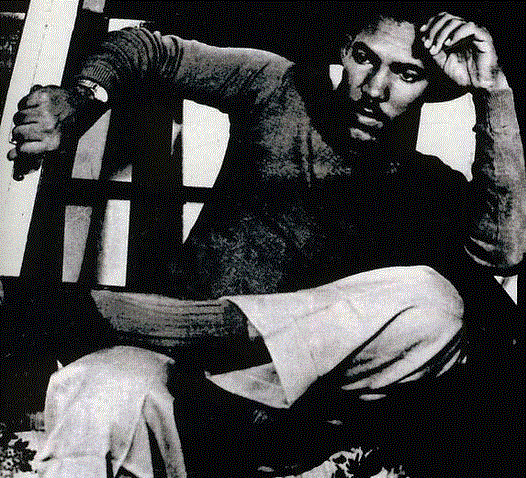Reggae would not be what it is today without Don Drummond’s extraordinary creativity. Drummond, the Skatalites’ most innovative musician, was also one of the key architects of ska. This genre helped to create reggae as well as dancehall. He was a key contributor to the success of many artists over those years. Drummond was responsible for the arrangement of “Simmer Down”, the first Wailers performance that had such an impact. Drummond’s proficiency with the trombone during the 1960s was unmatched. Drummond was also afflicted by psychiatric disorders, which led to lengthy stays at Bellevue mental hospital, Jamaica’s only one. Drummond channeled his frustrations into music, which was responsible for the dark undercurrents of songs like “Burning Torch”, and “Green Island.” He was an incommunicative, troubled soul. His tendency to isolate himself made him one of Jamaica’s greatest enigmas. Drummond was raised by his mother, who worked as a domestic. Drummond never saw his father. Don was 9 years old when he began to cut class. He was then sent to Alpha Boys School. For any perceived wrongdoings, students were routinely beat or kept in under-stairs cabinets at the Catholic charitable institution for “wayward” boys. Drummond studied a variety of trades at Alpha including tailoring, tile-making, gardening and tile-making, but could not apply his skills to music. “We don’t go to school every day like an average person. We go to school half-day and music half-day. Rico Rodriguez, Drummond’s protégé at Alpha, explains that most of what I know about trombone is what he taught. Lester Sterling, Drummond’s former schoolmate, adds that he was so gifted in music. He would eventually join the Skatalites. Drummond was able to play better at Alpha than the other guys two years earlier. Drummond played a variety instruments at Alpha, such as trumpet, French horn and euphonium before Reuben Delgado, the bandleader, noticed his talent and recommended the trombone. Drummond excelled on the trombone and was eventually placed in the Eric Deans Orchestra just six weeks before his graduation. Eric Deans Orchestra was the island’s premier big-band group at the time. Drummond had a great impact on the instrument before Deans’ girlfriend fell in love with him. Drummond joined Sonny Bradshaw’s high-calibre band and worked with groups such as Tony Brown’s Orchestra (made up of former Alpha students). Drummond was officially rated “Jamaica’s number-one trombonist” by July 1955. He was also leading his own All Stars and a smaller quartet that performed his original compositions. Drummond backed Sarah Vaughan 1956, and he appeared as a guest with Dave Brubeck 1959. After being put under pressure, Drummond landed in Bellevue to play trombone for a longer period. In the early 1960s, Jamaica’s sound system owners had begun recording rhythm and blues from Jamaica, initially to use in their sets. This was a major step towards the establishment of the Jamaican music industry. At Federal studio, the future Skatalites began to interact more closely with one another: the saxophonists Roland Alphonso, Lester Sterling, drummer Lloyd Knibb and guitarist Jah Jerry Haines were all part of the house band that Clement “Sir Coxsone”) Dodd (who would later create Studio One) enlisted along with Drummond. Dodd said that Don Drummond was world-class and it was a joy to listen to Don solo. He was very calm and composed well. He was a good friend and I enjoyed working with him. I had known him before he began recording for me. But he was sent to the asylum. When he was released, he came to me because I was then the most prominent sound system producer. He found me because I was the new kid in the block recording all the great artists. I had no doubt that he was a winner so I signed him up for a contract in 1961.” “That man is back” was a swinging R
